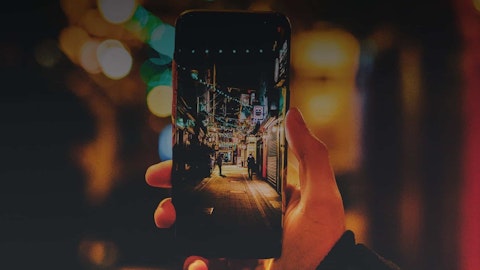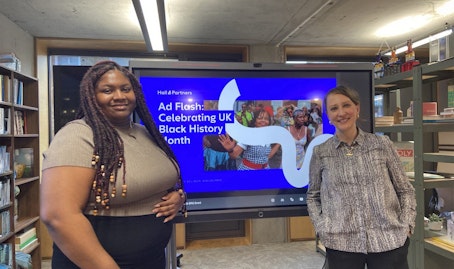Perspectives

Mobile devices have an unprecedented social and psychological power over humans. They’ve changed both how we live and who we are. Two thirds of the world’s population are now connected by mobile devices – the ubiquity of mobile is global. Recent studies show that, on average, Americans pick up their phones 150 times per day. 87% of people have their phones on them, or within reach, twenty-four hours a day, seven days a week. What’s more, nearly 30% of people admit to feelings of anxiety when they’re away from their mobile phones.
Behavioral statistics, and the people who study them, often paint a morbid picture of what mobile means for our shared humanity. “The only people that refer to their customers as users”, posits sociologist Sherry Turkle, “are drug dealers and technologists.” Indeed, there are perils associated with mobile device obsession. These devices, however, are relational: they carry the potential to unlock collective moments essential for social belonging.
Rather than defining our obsession with mobile as social escape, what if we reframed our compulsion as a persistent quest for social belonging? I argue that mobile devices are a contemporary materialization of our shared humanity, where people go not just to consume products, services or information, but to ‘feel’. If feeling connected is one of the aspirational emotions that drives our collective addiction to mobile, brands need to be acutely aware of how and why consumers look to their phones to feel.
Our mobile devices have the power to unlock collective effervescence and herein lies the pivotal opportunity for brands
Google researchers smartly coined the phrase ‘micro-moments’ to define the instances that people turn to their smartphones to satisfy an immediate need. They went further, identifying the key types of micro-moments as: I want to know, I want to go, I want to buy, or I want to do. But what about: I want to be? This is the sense of being that is fundamentally co-created; the deep sense of belonging that emerges from shared experiences with others.
French sociologist Émile Durkheim (1858-1917) used the concept of ‘collective effervescence’ to define the moments when a community or society comes together to simultaneously communicate the same thought and the same action. Our mobile devices have the power to unlock collective effervescence and herein lies the pivotal opportunity for brands – the overarching objective crucial to the development of a successful brand and mobile strategy.
Spotify offers a useful case study of a brand that unleashes the potency of social connection through mobile. Such connections, in part, are made possible by user research that mines streaming data to get to audience insights that go beyond demography – revealing audience moods, mindsets, tastes and behaviors. These insights are laid plain in clever creative that acknowledge mobile as a space where people come to feel. Recall, ‘Dear person who played “Sorry” 42 times on Valentine’s Day’. This campaign went beyond being data-driven by reflecting culture in ways that pointed to a shared desire to feel – be it a recent break up, a national holiday vibe or a global political sentiment.
Mobile devices are critical for knowing, going, buying and doing – but brands would do well to expand their strategic objectives. While brands must connect the dots between a variety of consumer touchpoints – from interfaces to purchase experience – to take full advantage of the social and psychological power of mobile, they should also realign their measures to broader objectives that serve the universal human need to feel connected to shared experience.
Brand moments that simultaneously foster social belonging and transcend product offerings have the potential to transform culture and cement long-term bonds between consumers and brands.








